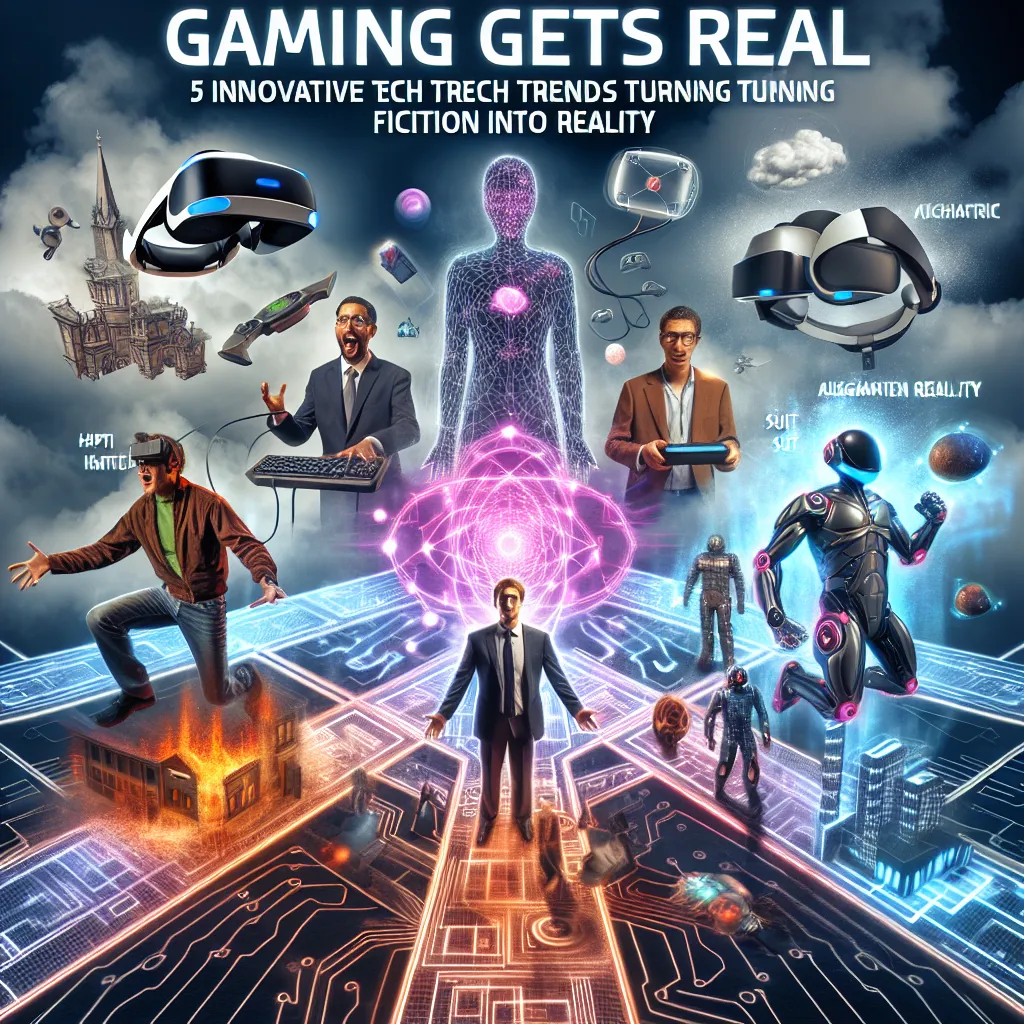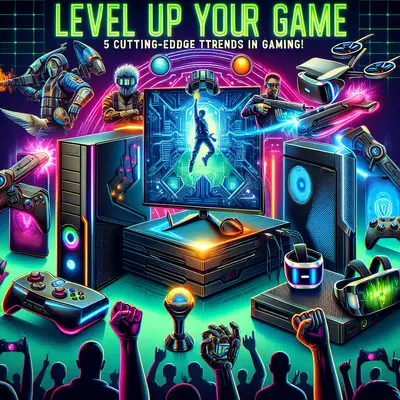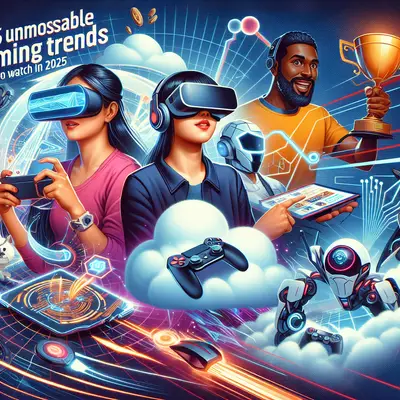Virtual Reality Turns Hyper-Realistic
Although Virtual Reality (VR) isn’t a new concept, its potential is just starting to be realized in the gaming arena. With advances in haptic technology and high-resolution graphics, VR gaming is on its way to providing hyper-realistic experiences. Imagine feeling the tension of a drawn bowstring in an archery game, or the jolt of a car collision in a racing game. This level of immersion is making gaming more visceral and thrilling than ever before.
AI Takes Center Stage
Artificial Intelligence (AI) is becoming a critical component in game development. AI algorithms are used to create smarter non-playable characters (NPCs), generating more realistic and unpredictable behaviors. This means the end of predictable enemy patterns and the beginning of more challenging and lifelike gameplay. AI is also being used to generate dynamic game environments that adapt to a player's actions, offering endless replay value.
The Rise of Cloud Gaming
Cloud gaming, or gaming on demand, is a significant trend that's set to make gaming more accessible. It removes the need for high-end hardware, allowing players to stream games directly from the cloud onto any device, be it a laptop, smartphone, or smart TV. This technology not only makes gaming more affordable but also opens up the possibility of playing anywhere, anytime.
The Emergence of Social VR
Social VR is another trend to watch, combining the immersion of VR with the connectivity of social media. It allows players to meet, communicate and interact in virtual spaces as if they were physically present. This is set to revolutionize multiplayer gaming, offering a whole new level of social interaction and cooperative gameplay.
Gaming Gets Personal with Biometric Feedback
The integration of biometric feedback is another trend that's set to transform gaming. By using technology such as heart-rate monitors and eye-trackers, games can adapt in real-time to a player's physical state. This could mean ramping up the difficulty when a player's heart rate drops, or adjusting the narrative based on where a player is looking. This level of personalization will make gaming experiences even more immersive and engaging.
Conclusion
These are exciting times for gamers. With advances in VR, AI, cloud gaming, social VR, and biometric feedback, we're entering a new era where the line between digital and physical is blurred. These trends are set to redefine gaming, offering players more immersive, dynamic, and personalized experiences. So, strap in, power up, and get ready for a wild ride into the future of gaming.



